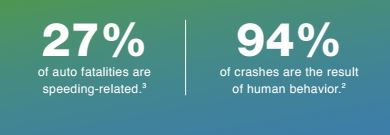 When Risk & Insurance Management Society (RIMS) members use the new ERM framework published Sept. 6 by the Committee of Sponsoring Organizations of theTreadway Commission (COSO), they may recognize their own ideas prominently displayed. Carol Fox, RIMS vice president of strategic initiatives announced the call for public comment on Risk Management Monitor in June 2016. She said feedback from the industry, and particularly RIMS members, is reflected in COSO’s ERM Framework: Integrating with Strategy and Performance.
When Risk & Insurance Management Society (RIMS) members use the new ERM framework published Sept. 6 by the Committee of Sponsoring Organizations of theTreadway Commission (COSO), they may recognize their own ideas prominently displayed. Carol Fox, RIMS vice president of strategic initiatives announced the call for public comment on Risk Management Monitor in June 2016. She said feedback from the industry, and particularly RIMS members, is reflected in COSO’s ERM Framework: Integrating with Strategy and Performance.
“RIMS members took advantage of the unique opportunity to influence one of the industry’s major guidance documents. For several weeks, members collaborated and drafted a response, which was publicly available through the end of last year,” said Fox, who participated on the project’s advisory council. “We were very appreciative that COSO reached out to RIMS and other professional associations, whose input strengthened the content, ideas and approaches featured in Integrating with Strategy and Performance.”
A summary of the public comment feedback includes:
- More than 200 responses–double that of the internal control update
- Over 70% of responses from individuals
- Over 50% of participation outside of North America
- Almost 50% had affiliations beyond COSO memberships
- Almost 50% of respondents had 10 or more years of risk management experience
- Positive ratings outnumbered negative ratings by 4.5 to 1
The new publication serves as an update to 2004’s Enterprise Risk Management – Integrated Framework, which is internationally regarded as the standard for applied risk management frameworks. Developed by PwC under the direction of the COSO Board, its simple, five-component structure considers various viewpoints and operating structures while highlighting the importance of enterprise risk management in strategic planning. It also emphasizes embedding ERM throughout an organization, as risk influences strategy and performance throughout the organization.
“The complexity of risk has changed, new risks have emerged, and both boards and executives have enhanced their awareness and oversight of enterprise risk management while asking for improved risk reporting,” said COSO Chair Robert B. Hirth Jr. “Our overall goal is to continue to encourage a risk-conscious culture.”
Enterprise Risk Management: Integrating with Strategy and Performance is available in printed form, e-book, on-line subscription and pdf licensing for large organizations, accounting and consulting firms. Additionally, COSO is planning for the framework to be translated into several languages, including Chinese, Japanese, Spanish and French.
Visit www.coso.org for purchase information and for a link to the framework’s executive summary.

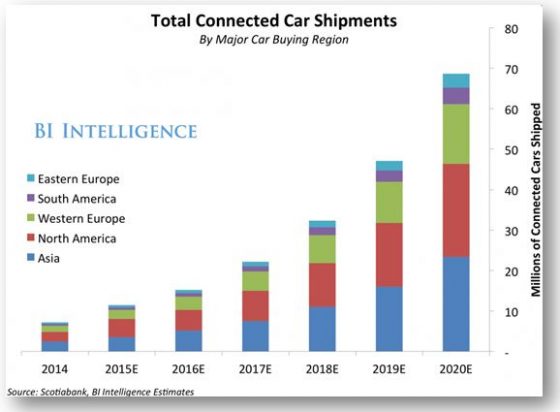 Distribution of projected connected cars (source
Distribution of projected connected cars (source 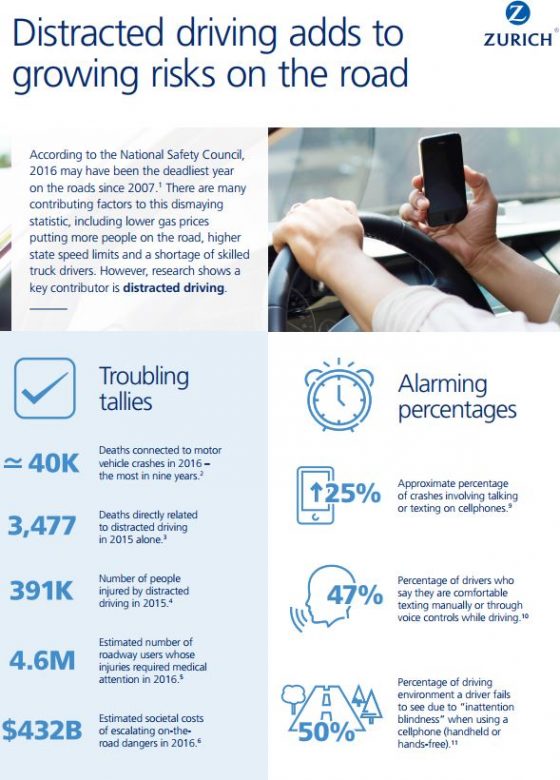 Employers can and are being held liable for damages resulting from employee accidents. “We might expect an employer to be held liable for a crash involving a commercial driver’s license holder who was talking on a cell phone with dispatch about a work-related run at the time of an incident—especially if the employer had processes or a workplace culture that made drivers feel compelled to use cell phones while driving,” the NSC said.
Employers can and are being held liable for damages resulting from employee accidents. “We might expect an employer to be held liable for a crash involving a commercial driver’s license holder who was talking on a cell phone with dispatch about a work-related run at the time of an incident—especially if the employer had processes or a workplace culture that made drivers feel compelled to use cell phones while driving,” the NSC said.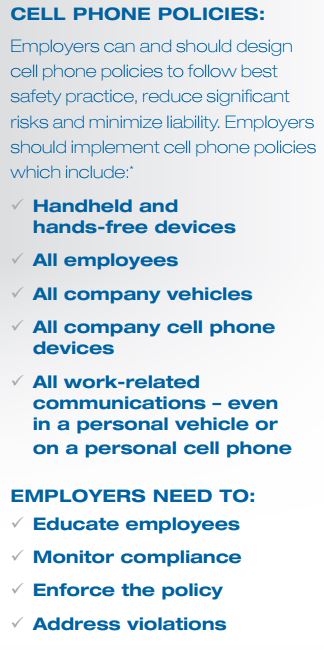 blurred in some cases involving:
blurred in some cases involving: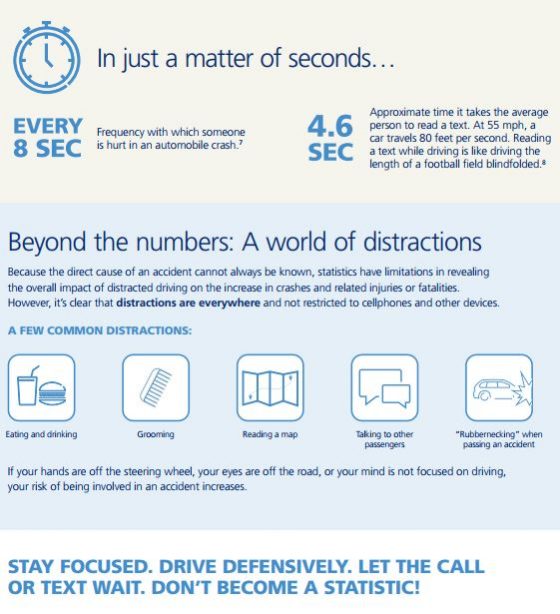
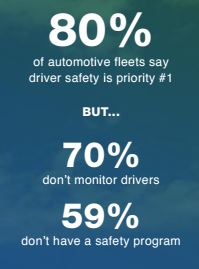 steps they have taken to ensure that the policy is being followed by employees, according to the study,
steps they have taken to ensure that the policy is being followed by employees, according to the study, 